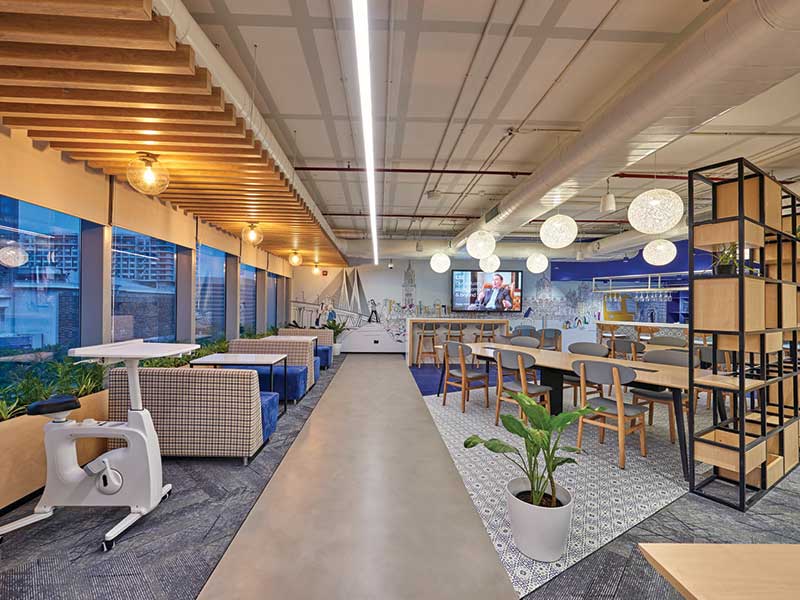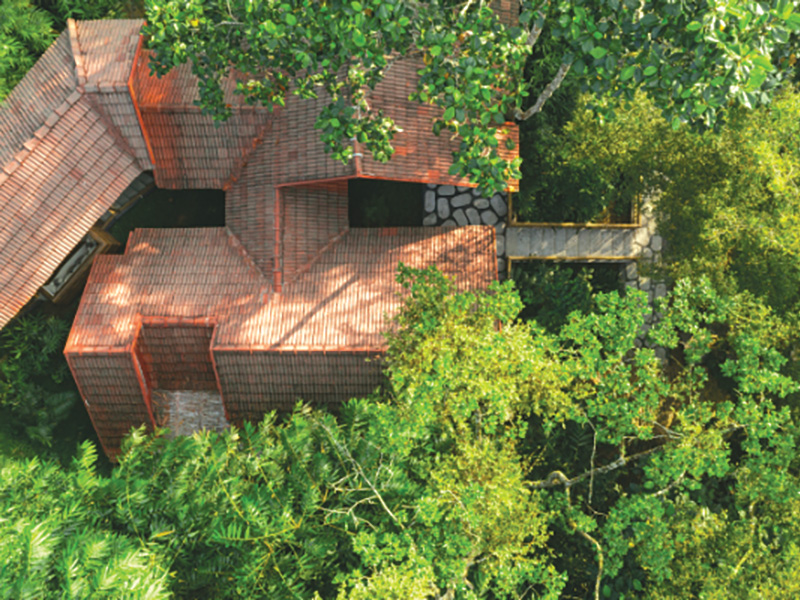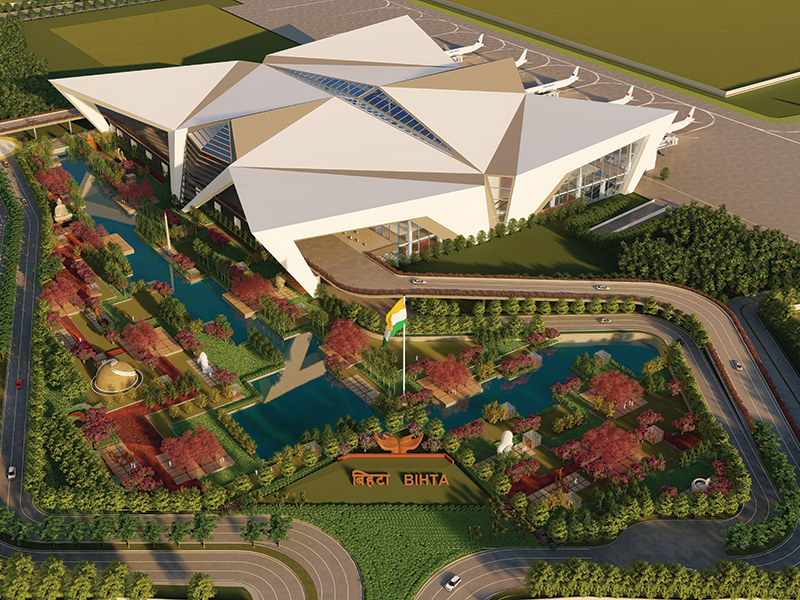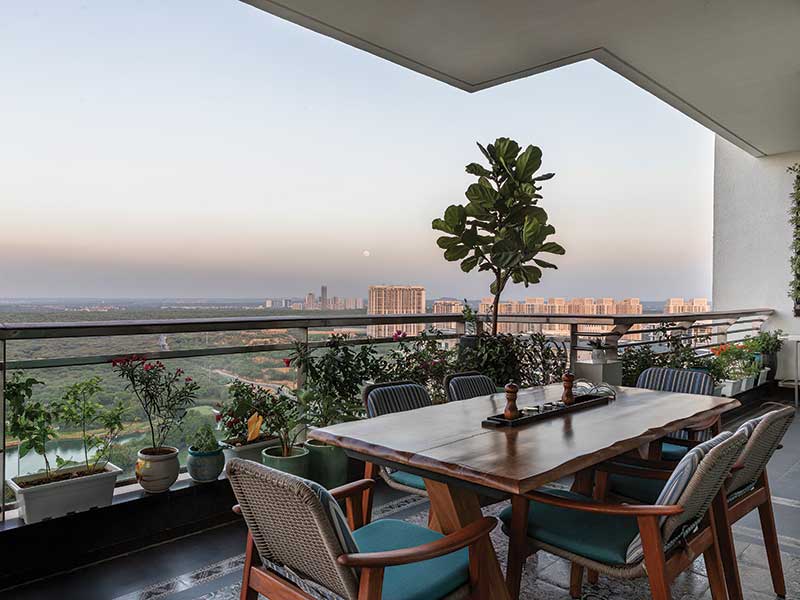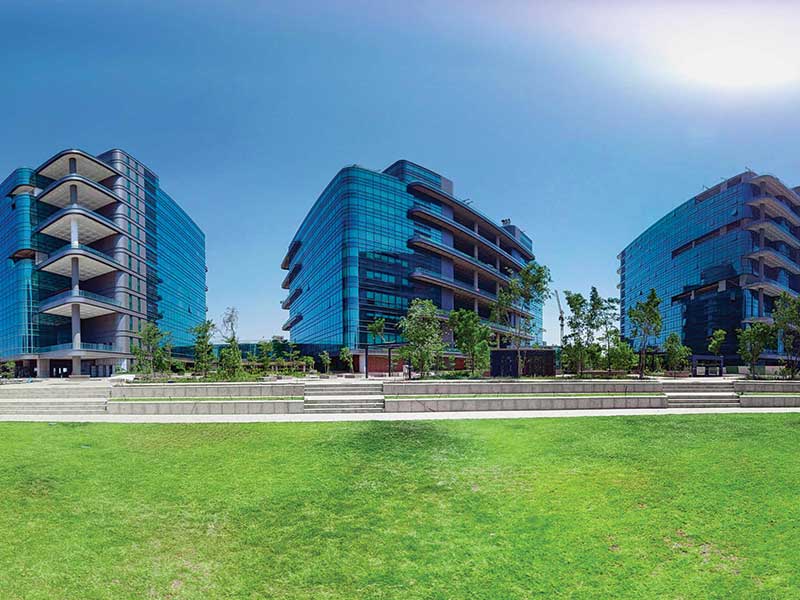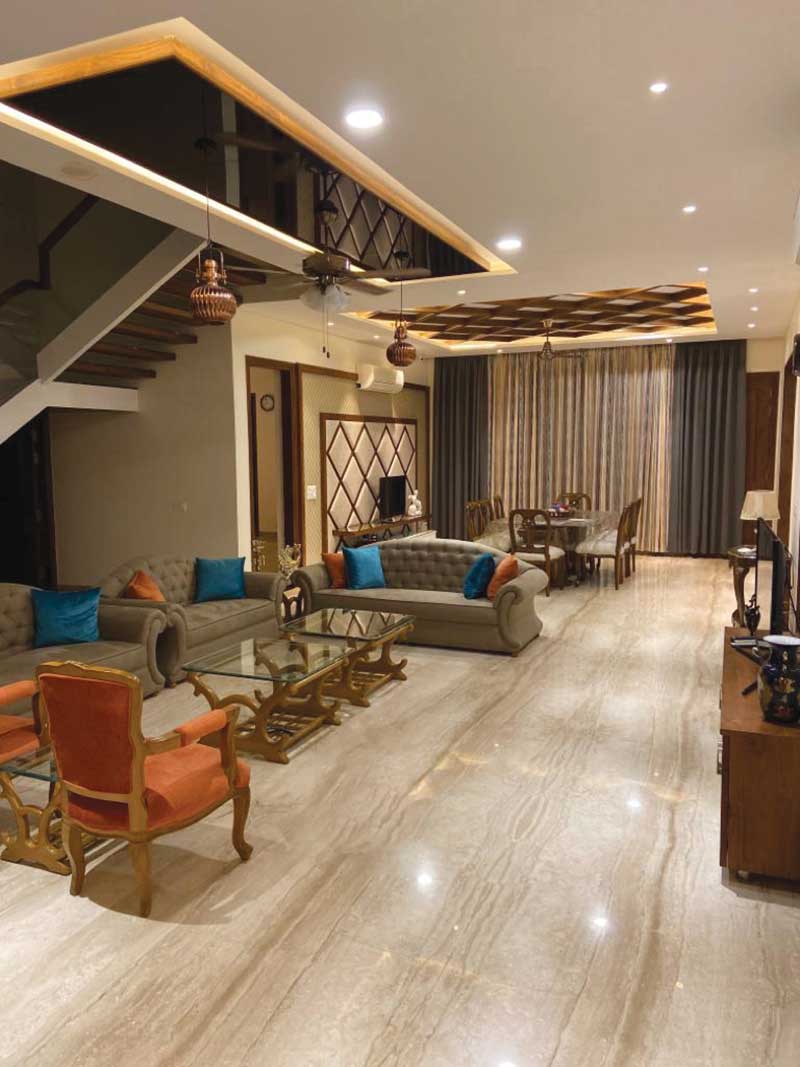
Concrete is a hybrid material that is essentially in its liquid state and is composed of cement, water, sand, and mineral aggregate in varying proportions. What I like most about concrete is that it gives architects and interior designers the freedom to adapt it to innumerable architectural applications, making it widely usable.
The art of using concrete to create architecture requires technology, engineering, and craftsmanship to work together seamlessly. However, concrete has some limitations as its performance can be unpredictable at times. Besides being timeless and robust, concrete’s sustainability as a building material, lends strength, durability, and a high level of weather resistance to structures.
The most fundamental nature of concrete is its ability to be moulded into desired forms, as it can be cast on-site as well as precast off-site in a remote factory and transported to the site. Another contributing factor is its strength and durability which enables it to withstand weathering actions, abrasion, chemical attacks, or any other forms of deterioration, and also makes it a most sustainable choice for residential and commercial projects.
Concrete today ranges from rustic to futuristic, and comes in a variety of styles, colours, and patterns. It can be formed into various shapes when freshly mixed, and can then harden into a very strong substance with a fine finishing look. In commercial building projects it is very cost-effective too as concrete buildings are long lasting and easy to maintain.
Even though it gives off grey tones in its natural state, the use of pigment for coloration is becoming increasingly common. With a variety of reds, yellows, greens, blacks, and cobalt blue tones, water-resistant colouring is becoming increasingly popular in the market. Thanks to this, it’s easier than ever to make your work stand out.
The art of using concrete to create architecture requires technology, engineering, and craftsmanship to work together seamlessly
Umesh Sharma
I have discovered that stamped concrete is a very effective innovation which is being widely applied for flooring in patios, car porches, driveways, and sidewalks. Concrete decoration with stamped concrete not only adds strength to floors but also provides a pleasing appearance, making it a good option for low-cost landscaping where costly granites, interlocks in landscaping and patios are used. Stamped concrete is being used for beautifying pool decks, courtyards, entrances of residential building, as it has proved to be the best material for outdoor paving.
Also called imprinted concrete or textured concrete, these types of concrete, after construction, look similar to slate or flagstone, bricks, tiles, and (with skill), can be made to resemble wood.
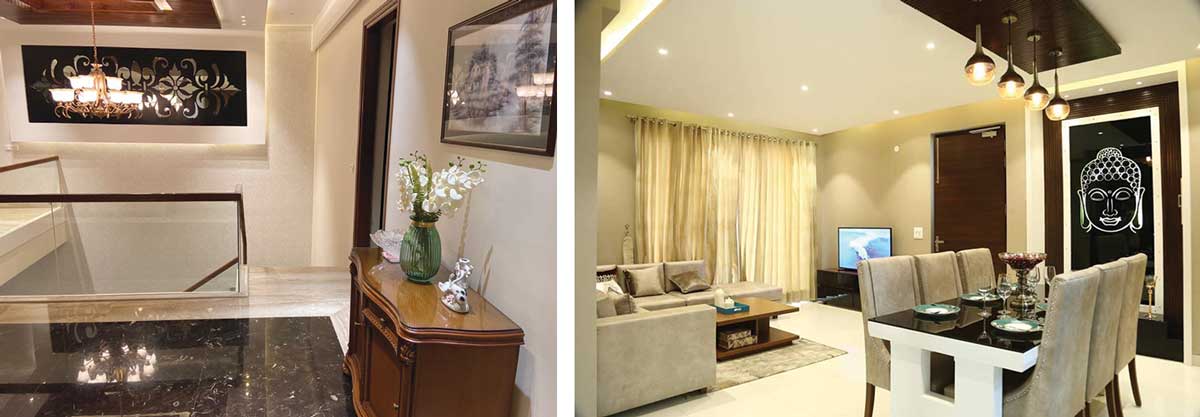
Concrete is safe, secure, and healthy. Being an inert construction material, it does not burn and does not feed rot or mildew. The structural integrity of concrete provides added protection against earthquakes and severe weather conditions. With it solid construction and the benefits of thermal mass, concrete provides superior protection against the effects of outdoor temperature swings, which means a draft-free interior environment and consistent room temperatures, year-round. A peaceful and quiet building enhances the comfort of occupants and provides a sense of privacy as solid walls and floors can make all the difference.




